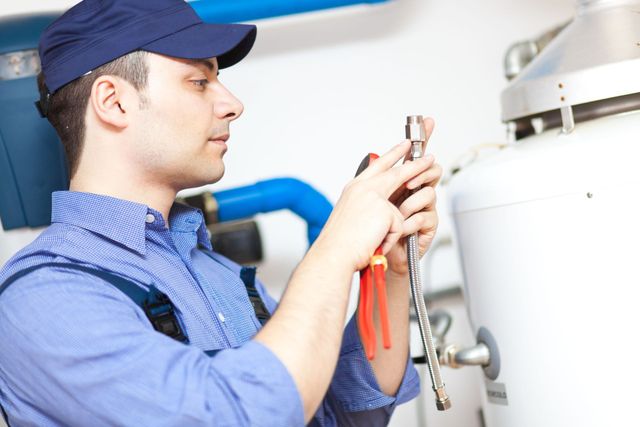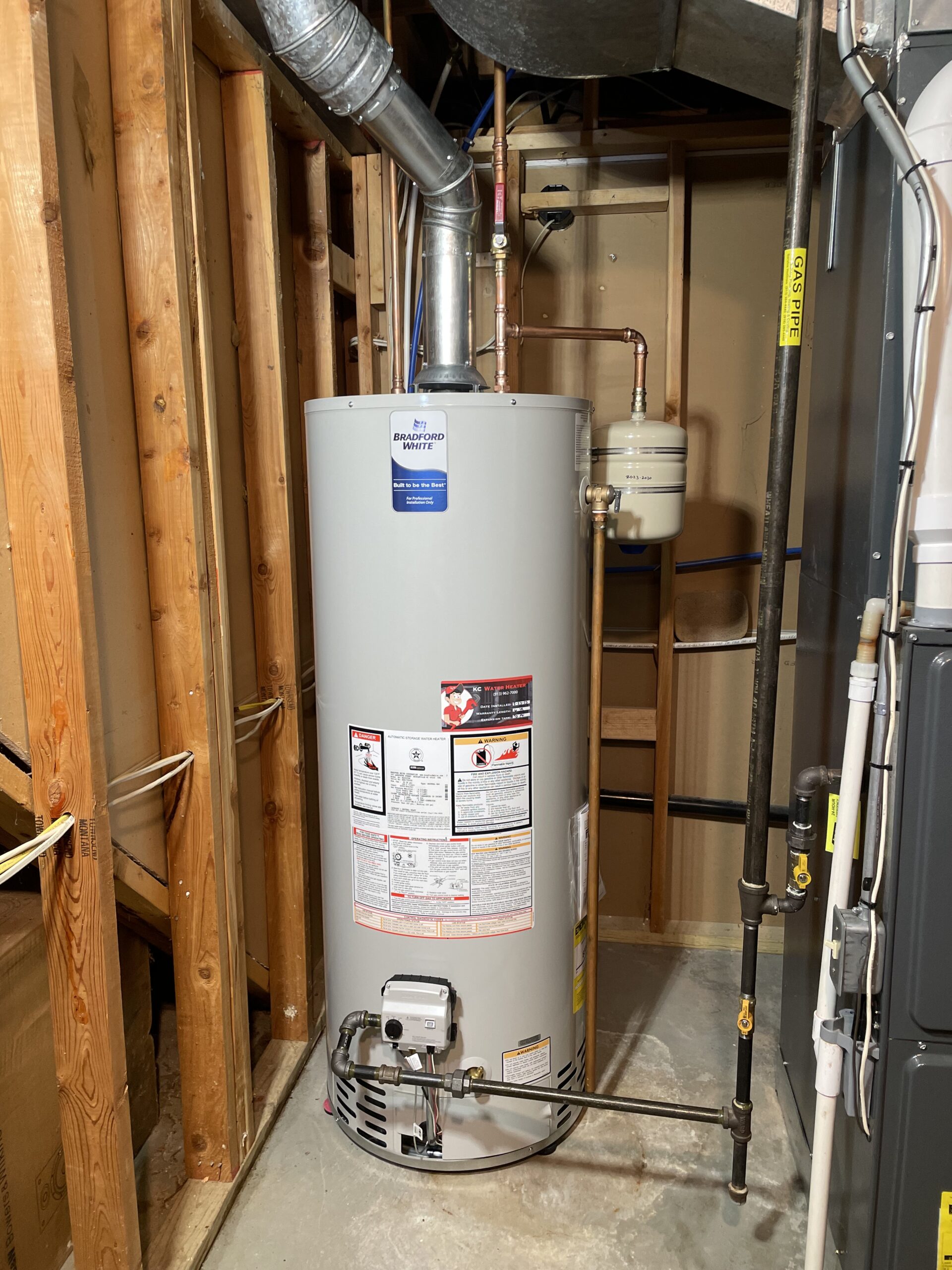Simple Methods to Care for Your Home's Hot Water System ProperlyHow to Keep Your Home's Hot Water System in Good ConditionEffective Techniques for Maintaining Your Home's Hot Water System
Schedule ServicesThey are making a number of good pointers about Tips on Maintaining a Water Heater in general in this post in the next paragraphs.

Hot water is crucial for day-to-day comfort, whether it's for a refreshing shower or cleaning dishes. To guarantee your hot water system runs effectively and lasts longer, routine maintenance is key. This write-up offers sensible suggestions and understandings on just how to preserve your home's hot water system to stay clear of disruptions and expensive fixings.
Introduction
Preserving your home's warm water system could seem difficult, yet with a few easy actions, you can guarantee it operates efficiently for years to find. This overview covers everything from understanding your hot water system to do it yourself upkeep ideas and knowing when to call in expert aid.
Importance of Maintaining Your Hot Water System
Routine upkeep not just expands the lifespan of your hot water system however likewise guarantees it operates effectively. Ignoring upkeep can bring about decreased efficiency, higher power bills, and also early failure of the system.
Signs Your Hot Water System Requirements Upkeep
Understanding when your warm water system needs focus can prevent major problems. Watch out for signs such as inconsistent water temperature, strange sounds from the heating system, or rusty water.
Comprehending Your Warm Water System
Prior to diving into maintenance jobs, it's practical to recognize the standard parts of your warm water system. Normally, this consists of the hot water heater itself, pipelines, anode rods, and temperature controls.
Regular Monthly Upkeep Tasks
Normal regular monthly checks can assist catch minor issues before they escalate.
Flushing the Water Heater
Purging your hot water heater gets rid of debris accumulation, enhancing efficiency and extending its life.
Checking and Changing Anode Rods
Anode rods prevent deterioration inside the container. Inspecting and changing them when broken is vital.
Checking and Adjusting Temperature Setups
Readjusting the temperature level setups guarantees optimum performance and safety.
Do It Yourself Tips for Maintenance
You can execute a number of maintenance jobs yourself to keep your warm water system in top problem.
Checking for Leaks
On a regular basis examine pipes and links for leaks, as these can result in water damage and greater bills.
Examining Pressure Alleviation Valves
Checking the pressure safety valve ensures it operates appropriately and stops excessive stress buildup.
Insulating Pipelines
Insulating warm water pipes lowers warm loss and can conserve energy.
When to Call an Expert
While do it yourself maintenance is advantageous, some concerns require specialist competence.
Complex Concerns Requiring Specialist Help
Instances include significant leakages, electric problems, or if your hot water heater is regularly underperforming.
Routine Specialist Maintenance Conveniences
Professional maintenance can consist of comprehensive examinations, tune-ups, and guaranteeing conformity with safety requirements.
Conclusion
Routine upkeep of your home's hot water system is necessary for efficiency, durability, and price savings. By adhering to these tips and understanding when to look for specialist help, you can make sure a reliable supply of hot water without unanticipated disruptions.
Water Heater Maintenance: The Basics
Maintaining your water heater will ensure it operates efficiently and has a longer lifespan. Neglecting regular maintenance can lead to costly repairs and an even bigger chunk of your savings if you have to replace it sooner than necessary. But there’s good news: Most water heater maintenance tasks are relatively simple and easy for homeowners with basic DIY skills.
Flush the Water Heater
Over time, sediment and minerals can build up in the tank, reducing its efficiency and potentially causing damage. To flush the tank, turn off the power or gas supply, attach a hose to the drain valve near the bottom and open the valve to drain the water until it runs clear. Ideally, flush the tank annually.
Replace the Anode Rod
The anode rod is a sacrificial metal rod that helps prevent corrosion inside the tank. Inspect and replace it every three to five years or per the manufacturer's recommendation. To replace the anode rod, turn off the power or gas supply, drain a few gallons of water from the tank, unscrew the old rod and replace it with a new one. If the anode rod is significantly corroded or covered in calcium buildup, it's a sign the water heater may need to be replaced soon.
Tune-Up
A yearly tune-up can help identify potential issues and ensure your water heater operates at peak efficiency. This typically involves checking the thermostat, burner assembly (for gas heaters) and any other components specified by the manufacturer. During a tune-up, the technician may also clean the burner and adjust the pilot light (for gas heaters) or examine the heating elements (for electric heaters).
How to Maintain Your Water Heater
Insulate the tank. Insulating the tank can improve energy efficiency and reduce heat loss, saving you money on energy bills. You can purchase precut insulation blankets designed specifically for water heaters or use standard fiberglass insulation wrapped securely around the tank. Check the temperature. The recommended water temperature for most households is around 120 degrees Fahrenheit (49 degrees Celsius). Higher temperatures can increase energy costs and potentially cause scalding. Use a kitchen thermometer to check the temperature at the faucet nearest the water heater. Monitor water pressure. Excessive water pressure can strain the water heater and cause leaks or even tank failure. Install a pressure-reducing valve if necessary. The ideal water pressure range is between 60 and 70 PSI (pounds per square inch). Test the temperature and pressure (T&P) relief valve. The T&P relief valve is a safety feature that releases pressure if the tank gets too hot or the pressure builds up too high. Test it annually by lifting the lever and allowing a small amount of water to release. Replace the valve if it doesn't release water or reseal properly. Check for leaks. Regularly inspect the tank, pipes and fittings for leaks or corrosion. Deal with issues promptly to prevent further damage. Even a small leak can lead to significant water damage over time. Consider a tankless water heater. If your traditional tank-style water heater is nearing the end of its lifespan ( typically 10 years), consider replacing it with a tankless water heater. These units heat water on demand, reducing standby energy losses and potentially saving you money on your energy bills. Schedule professional maintenance. While homeowners can perform many water heater maintenance tasks, it's still a good idea to schedule professional maintenance every few years. A plumber or HVAC technician can thoroughly inspect the unit, identify potential issues and ensure it operates safely and efficiently. https://www.homeserve.com/en-us/blog/home-improvement/hot-water-heater-maintanence/

I was shown that editorial on Tips on Maintaining a Water Heater through a good friend on our other domain. Are you aware of someone else who is inquisitive about the niche? Please feel free to share it. We treasure your readership.
Visit Website